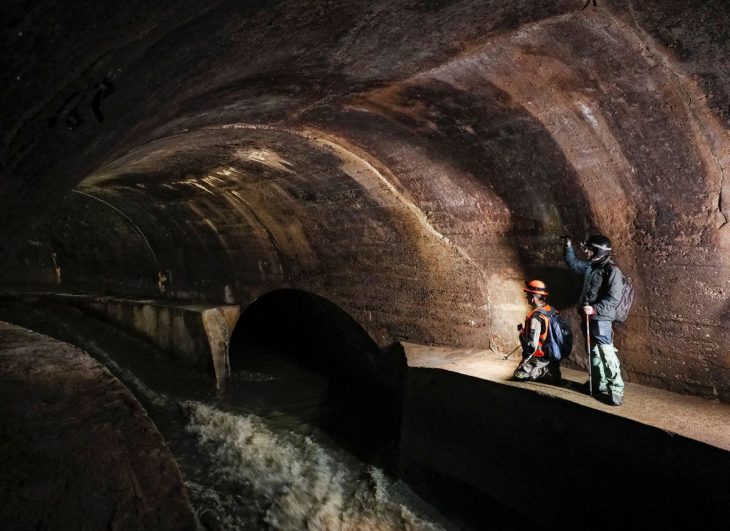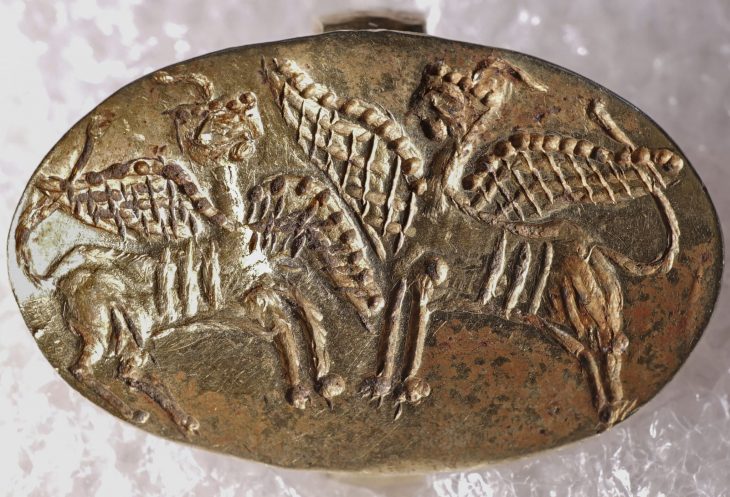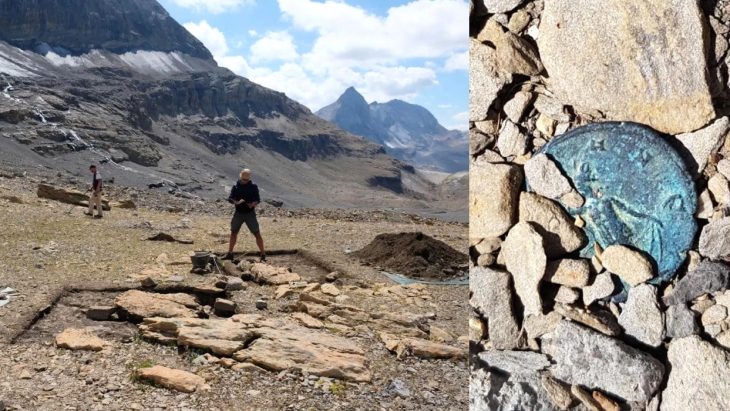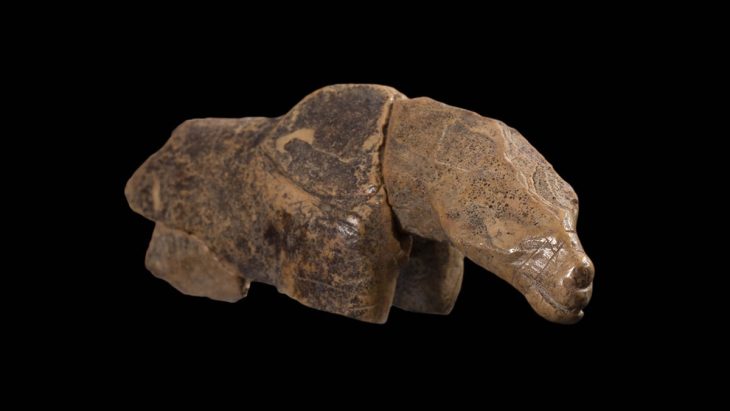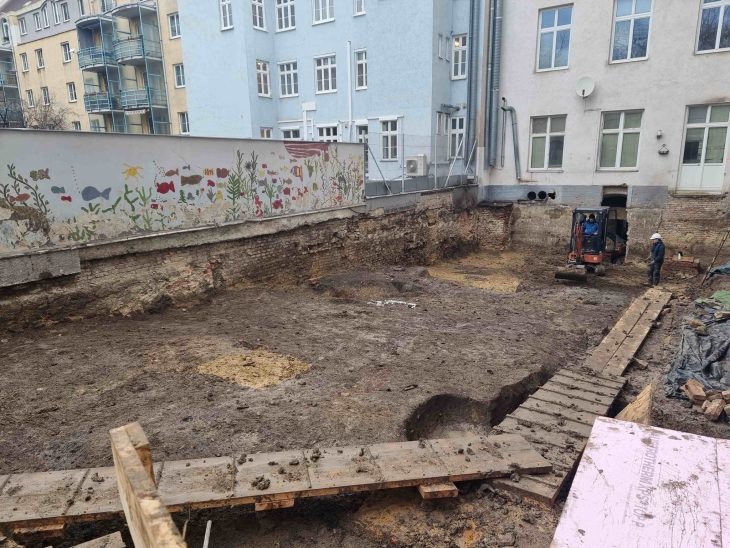Our cultural assets become victims of ignorance one by one. The works that will illuminate the darkness of history continue to be used out of purpose. The rare Hittite inscription that will shed light on the Hittite period from 3 thousand 300 years ago was the victim of this ignorance.
Surprising view in Konya province, located in the central part of Turkey.
It was determined that a part of the Luwian hieroglyphic inscription belonging to the Hittite King IV Tudhaliya period was used on the door jamb of a house in Karaören village of Emirgazi district of Konya. It was found that a part of the inscription was also smuggled abroad. No news has been received so far about the other part of the inscription that was smuggled abroad.
According to the news of Ömer Erbil from DHA; With the permission of the Ministry of Culture and Tourism, Koç University Lecturer Dr. Çiğdem Maner went after the 3,300-year-old Hittite inscription that disappeared in 2015. The Luwian hieroglyphic inscription was first published in 2011 in the book “Poets and Poems with Karaören” written by Karaören Nizamettin Tezcan.
In the village of Karaören, the inscription used as a step on the door of a house was lost in 2015. Konya Ereğli Museum Directorate reported to the ministry that the stone was not in place. The Ministry of Culture and Tourism started searching for historical inscriptions all over the world through Interpol. However, no information about the inscription was available.
📣 Our WhatsApp channel is now LIVE! Stay up-to-date with the latest news and updates, just click here to follow us on WhatsApp and never miss a thing!!
Removed by crane, taken under protection
Last year, Dr. Maner first found the owner of the old house in the village of Karaören. The owner of the house Fahri Kaymak, went to the village. Kaymak said that 45 years ago, they found this stone (inscription) from the ruins with his father while they were building their house, broke it because the stone was big, and put the other half as jambs on the door. Hieroglyphs were seen in their original form under the plaster on the back of the stone, where the hieroglyphic texts were not visible due to the correction of the front side with an incision.

With the help of the Konya Directorate of Survey and Monuments, the hieroglyphics inscribed stone was removed from the door of the house with a crane and brought to the Konya Ereğli Museum on December 9, 2020, and taken under protection. The 82x 44x 23.5-centimeter rectangular inscription, discovered in Karaören, revealed information about the Hittite period military expedition and the deer cult. Hieroglyphs were seen in their original form under the plaster on the back of the stone, where the hieroglyphic scripts were not visible due to the correction of the front face. With the help of the Konya Directorate of Survey and Monuments, the hieroglyphics inscribed stone was removed from the door of the house with a crane and brought to the Konya Ereğli Museum on December 9, 2020, and taken under protection. The 82x 44x 23.5-centimeter rectangular inscription, discovered in Karaören, revealed information about the Hittite period military expedition and the deer cult.
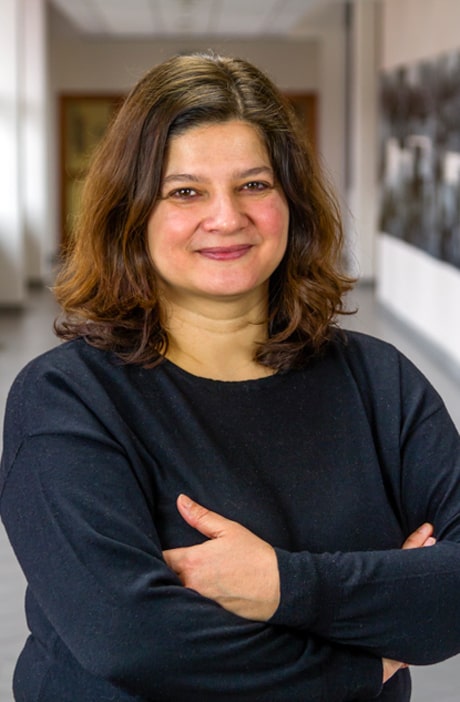
“An Extraordinary Find”
Stating that the stone contains important information about the Hittite period, Dr. Maner said:
“On August 18, 2020, we went to the house in the village with Fahri Kaymak and our ministry representative Enver Akgün from Konya Museum. The owner showed us where he and his father brought out this stone in his childhood. He also explained where they used the other half of the stone in the house. We carefully dismantled the stone from the place it showed and carried it to the museum. This Hittite Luwian hieroglyphic stone block is an extraordinary find. Most likely Great King IV. Tudhaliya, BC. The 13th century is dated to the Hittite Imperial Age and we think it contains important information about the historical geography of the Hatti region and the deer cult found in Sarpa Mountain. There are not many inscriptions. For this reason, the unknowns belonging to the Hittite period come to light thanks to these inscriptions.”


